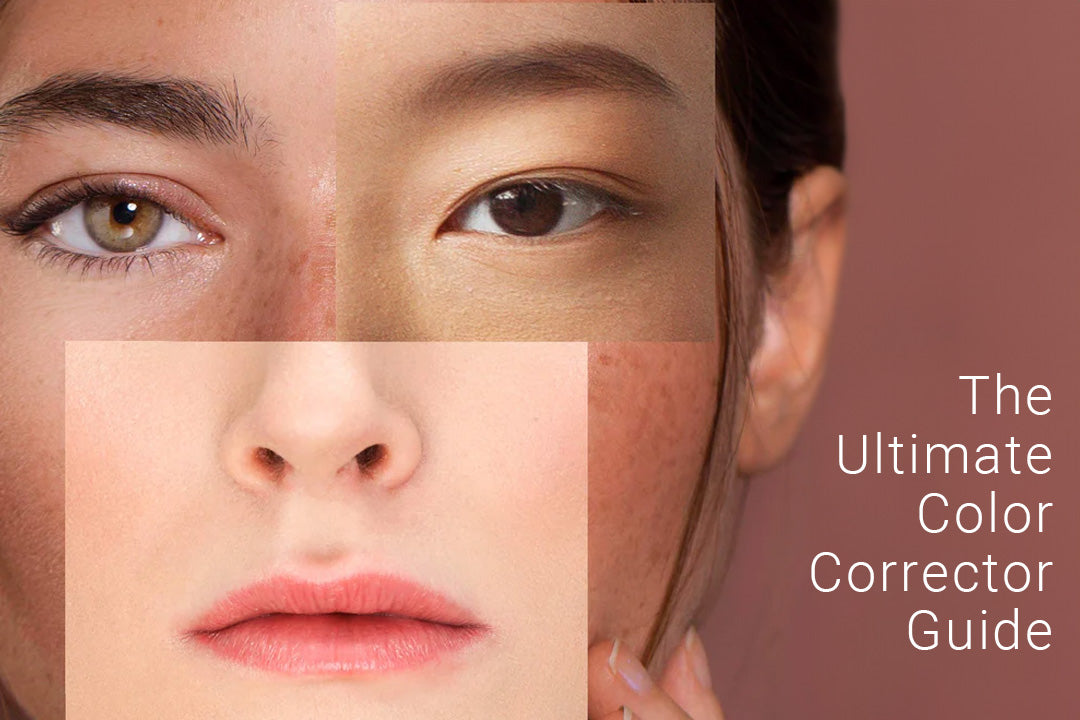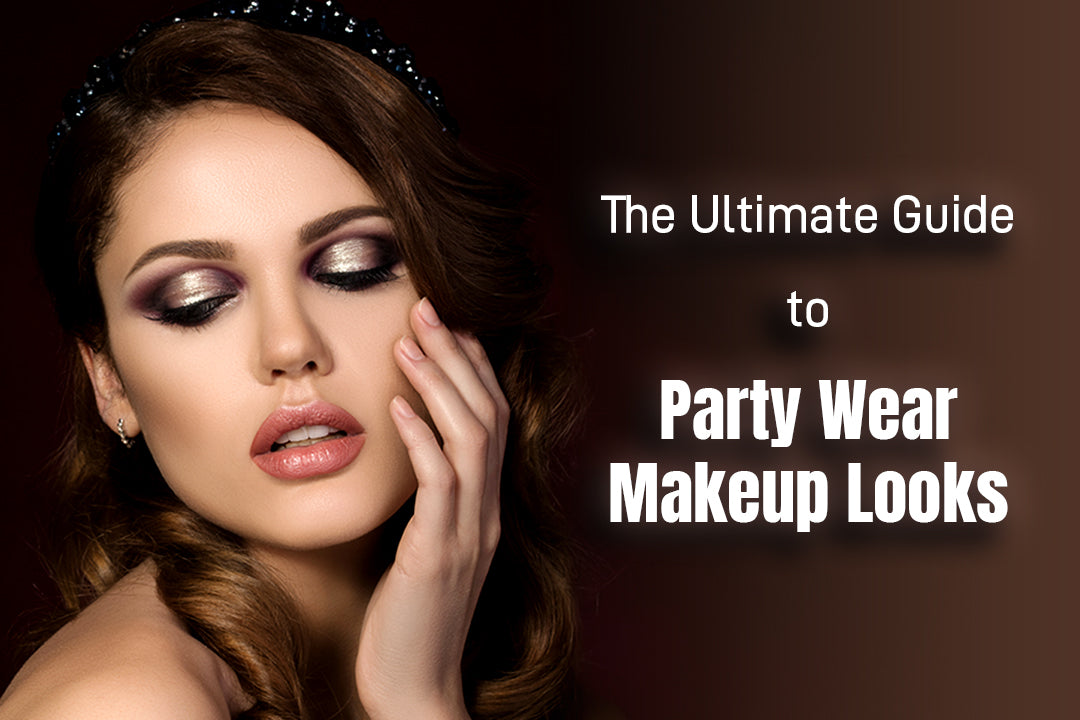Color Corrector can be difficult to understand because color correctors completely depend on your skin undertones, complementing your skin blemish to vanish as you glow with your makeup. The first step in the color corrector guide is to understand your skin tone and move forward. Let's get started with this blog, and keep reading for more!
Understanding Complexion
Although it's not always easy, we can generally classify skin tones into three basic categories:
- Fair-Skinned: Northern European countries with lots of snow and clouds are the traditional home of light skin tones since they don't need the sun protection that melanin provides.
- Medium Skin Tone: Medium skin tones are common among people of Southern European and Northern Asian descent. A neutral, well-balanced beige appearance characterizes this skin tone, sometimes known as "olive," making selecting the proper foundation color easier.
- Dark Skin: people exposed to sunlight have a high amount of melanin in their skin. Protecting dark skin from the sun's harmful rays requires the use of sunscreen.
A person looking for the best color correction should know their skin type and their complexion, categorizing these three and moving forward to an undertone matching the perfect shade of the color corrector for a perfect base. These expressions make reference to the gentle, subdued shade of your skin's undertone.
Understanding Undertones
You need to understand your undertones to understand what type of color corrector you need for your blemishes to be invisible with the color theory.
Chilled Tone to It
Undertones of blue in reds and pink denote a cold color temperature. If your skin has chilly undertones, you might notice these colors. Bluish-pink, red, pink, or purple undertone colors and a subtle, rosy blush will all complement icy undertones to hide the flaws.
Tones of warmth
Colors like yellow, peach, and gold tend to have a warm undercurrent. People with warm undertones may have a healthy golden sheen on their skin. Correctors in deeper red tones, coral blushes, pearlized powders, and earthy eyeshadows all work well with warm undertones.
Subtle Melancholy
Neutral undertones are sometimes described as olive or a harmonious blend of cool and warm hues. It is crucial to think about your undertone while selecting your skin tone for foundation, concealer, or any other cosmetic, including your color corrector.
How to Determine Which Color Corrector Will Complement Your Undertone?
Color correctors are essential to an under-eye color corrector guide as they can hide hyperpigmentation. Color correctors are best bought by matching the undertones of the skin with different exercises. Here is the list of exercises you can do to identify your best-suited color corrector.
Sunlight
Go outside or to a place that is brightly lit by windows. The instant glow that is achieved by this exercise needs to be replicated by foundations and correctors. To achieve a seamless finish, your foundation's shade should match the one you can see at your jawline. The skin tone corrector is also available for purchase online.
Determine Color Corrector by Silver And Gold
Wear some silver jewelry and some gold jewelry that touches your flesh. If you have cool undertones, silver will look better on you. If gold has a more pronounced appearance, warm undertones may be present. You can use this information to select jewelry that compliments your skin tone.
Look at Your Veins
Examine, in broad daylight, the veins that lie just beneath your skin. Check out your wrist or the back of your hand. If your veins are blue or purple, you exude icy vibes. If they are green or greenish blue, you have warm undertones. You might have a neutral undertone if it's hard to identify whether your veins are green or blue. It's commonly accepted that people with neutral hues have olive skin.
The following is some guidance with multiple layers: Pale, rosy, bright pink or purple, and blue-toned shadow are all great ways to bring out your natural cool undertones. To bring out your skin's natural warmth, try using a coral blush, a pearlized powder, a deeper red color, or an earthy shadow corrector will do the trick.
Conclusion
In conclusion, knowing your skin tone and undertone is essential when selecting the best cosmetic products to enhance your natural beauty. One needs to understand that the Dream Canvas Vitamin Primer Balm only depends on correcting your complexion to the right adjustment of lights, and it should be planted very well to mix with your skin so that your foundation and your base come out flawless. You can also use Set & Correct Loose Setting Powder by Moira for best results.



